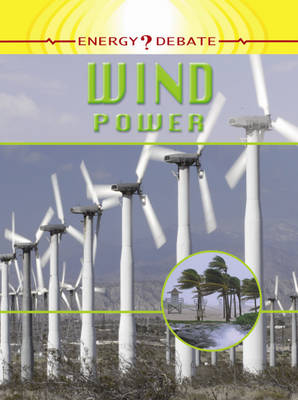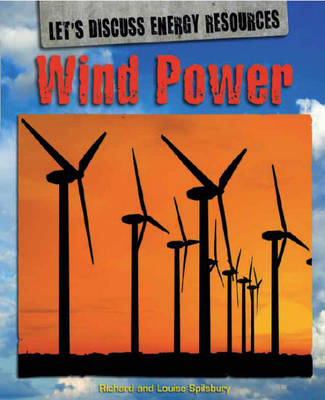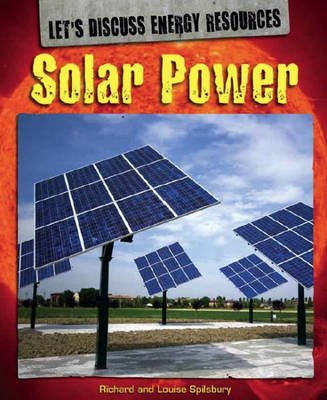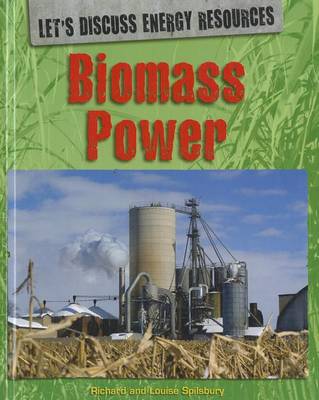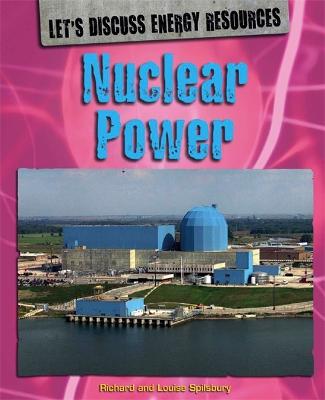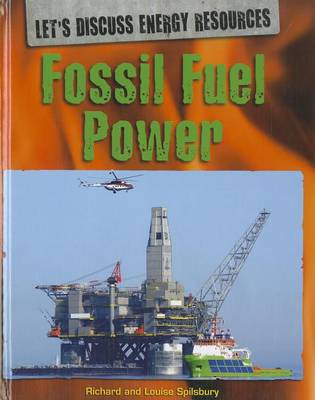Let's Discuss Energy Resources
11 total works
Water, Wave & Tidal Power. Richard and Louise Spilsbury
by Richard Spilsbury
Let's Discuss Energy Resources: Nuclear Power
by Richard Spilsbury and Louise Spilsbury
Fully updated in 2015, this book examines the debates surrounding nuclear power, an important non-renewable energy resource. It looks at why it is central to the debate about future power supplies because of its much smaller impact on global warming than fossil fuel power. Are the benefits of nuclear power outweighed by its environmental impacts? How does it compare with renewables as an economic alternative to fossil fuel power? Find out in this in Let's Discuss Nuclear Power!
Let's Discuss Energy is an innovative series of books that examines the issues and changing technologies that surround the use of renewable and non-renewable resources for world power needs. An excellent study tool for children at Key Stage 2.
Let's Discuss Energy Resources: Nuclear Power
by Richard Spilsbury and Louise Spilsbury
